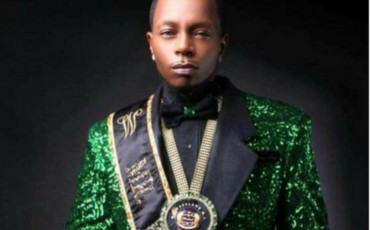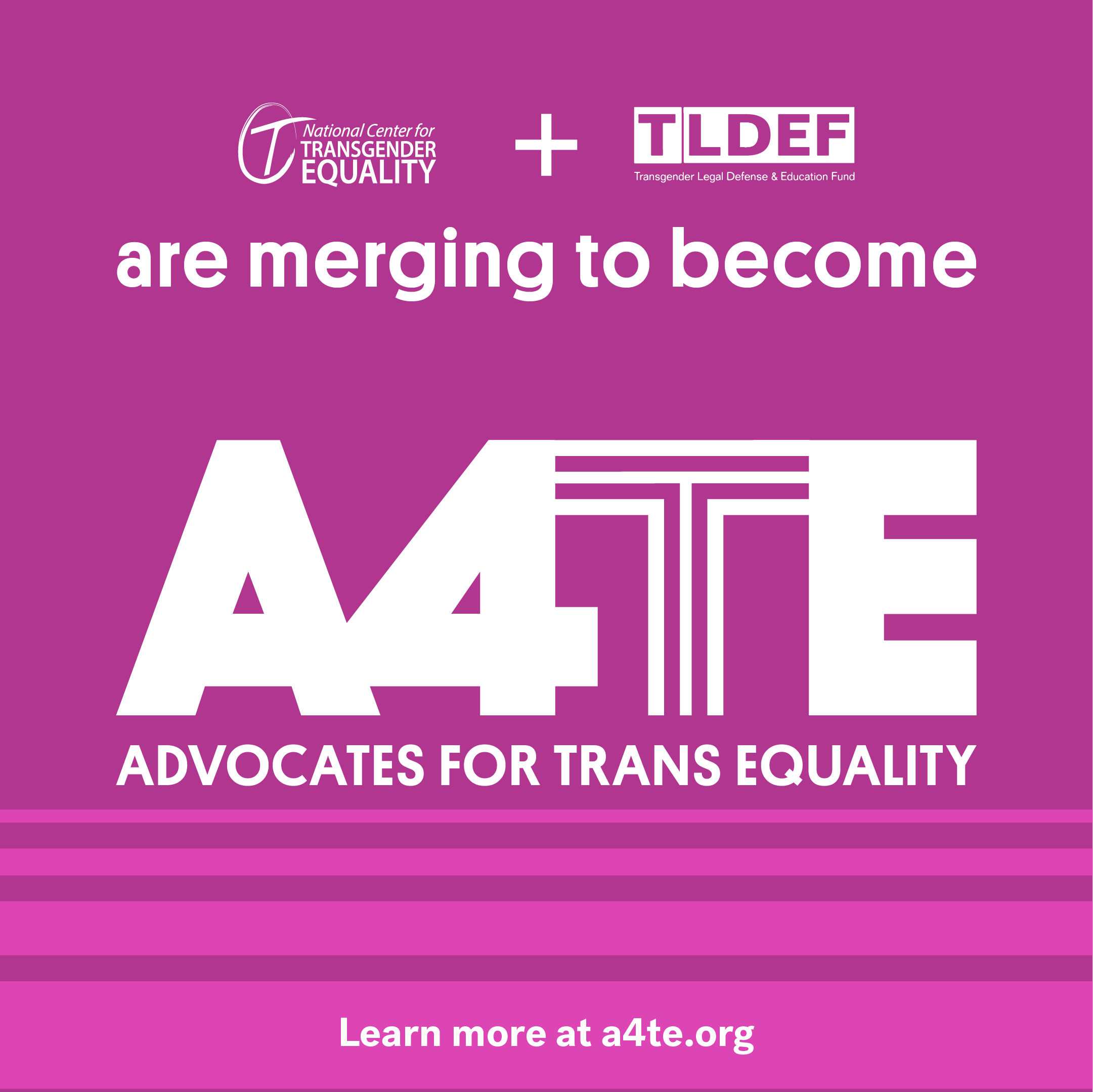Becoming a King: Sybastian Smith on the Joy of Drag

As a young Black queer person growing up in the Deep South, there are often not many places where one can be safe to express all the parts of themselves.
I was born in Jackson, Mississippi, but my grandparents raised me in Canton, a very small town about 15 miles north of the capital. Canton’s main claim to fame is that it’s where most of the 1996 movie A Time to Kill was filmed, and the historic central city does look like a movie set portraying the Deep South. I spent most of my teenage and young adult years living between these two small cities.
My journey through gender and sexual identity exploration started very early in my life. It became apparent at a young age that I was not like the other "girls," nor was it a phase. My clearly masculine gender was a constant theme throughout my childhood and into my adult life.
I was very athletic and played every sport I was allowed to – basketball, volleyball, track, softball. I quickly became an athletic standout and played sports in high school, on a collegiate level, and even as a semi-professional. I later joined the Army, and I was instantly immersed in places with people of all different cultures and backgrounds. Talk about a culture shock for someone from lil’ ole Mississippi! But just like in sports, my hyper-masculinity was celebrated in the military, so I felt at home. Even though Don't Ask, Don't Tell was absolutely the culture of the military when I joined, it was also where I started to question my sexual and gender identity even more.
After initially coming out as a masculine-centered lesbian, I dove headfirst into living a proud queer life! One evening, I “wandered” into the local gay club and had the best time of my young life. Once again, I was immersed in an environment with people of all different cultures and backgrounds, and this culture shock felt even better. I had found my village. I felt safe, loved and affirmed. From that day to this one, I have continued to wander my way into a good gay club!
I vividly remember attending my first drag show. I was so excited, and at that very moment – during my first-ever show – I proclaimed that I belonged onstage. The Drag Fairy Godmother must have heard me, because I soon began my own journey into the world of drag – and I’ve never looked back. I became a drag king.
20 years later, I've performed all across the country and won quite a few pageant titles and a couple of ballroom trophies in the process! I also realized that my love for drag also came from my need for affirmation. It validated the deep internal disconnect between my true identity and with the sex I was assigned at birth.
In drag, I had finally found a place where I could not only have a creative outlet, but also freely express all the parts of me I had been told to hide. Back then, I had no language to describe how I felt about my gender, but onstage I did not have to describe it – I could just be me! Thanks to drag, I was using male pronouns for at least 10 years prior to medically transitioning and openly identifying as trans.
Drag is where I was first really accepted in all of my masculinity. I gained so much respect not just for who I was, but also for my contributions to the artform. I learned so much about myself and transgender communities through drag. My fellow entertainers, who were also trans, gave me the language to describe myself and start my own gender transition journey.
While Drag and ballroom cultures are not always synonymous with trans communities, there is a major overlap that must be recognized. For many years, queer and trans communities have had to make our own; our own family, our own movements for equal rights, our own entertainment, our own streams of financial security, and more.
Our community created drag as an artistic outlet, a place to feel safe in, and even a lucrative career for LGBTQ community members. To know that this safe haven has been threatened by careless lawmakers is heartbreaking to no end. Drag does not hurt children – or anyone else, for that matter. I can think of quite a few things that are actively taking and endangering our children’s lives, and no real action is being taken to stop them. There has to be a point when people realize who is actually being attacked and pour our support into those communities.
The drag and ballroom communities are filled with amazingly talented and creative queer and trans people. All it takes is one trip to a drag show, a drag story hour, a Pride event, or a ball. Any place that showcases drag artists and/or trans creatives makes it clear that this art form means so much to our community.
We are living in a world where governmental overreach is affecting so many parts of our lives – from our healthcare to our libraries. These types of attacks are not new— it’s just another attempt to silence our community. But despite the harmful laws that would deny our expression and identity, we know that drag is an essential part of both queer history and our communities today. Trans people and drag performers are beloved members of our communities—now and forever!

